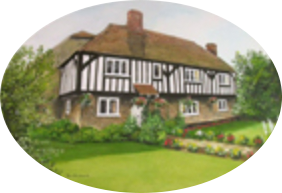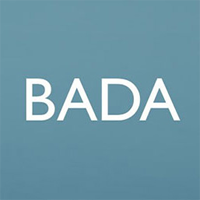Victorian Silver & Enamel Royal Standard Flag Vesta Case
Sampson Mordan & Co 1889
Photo 1 of 10

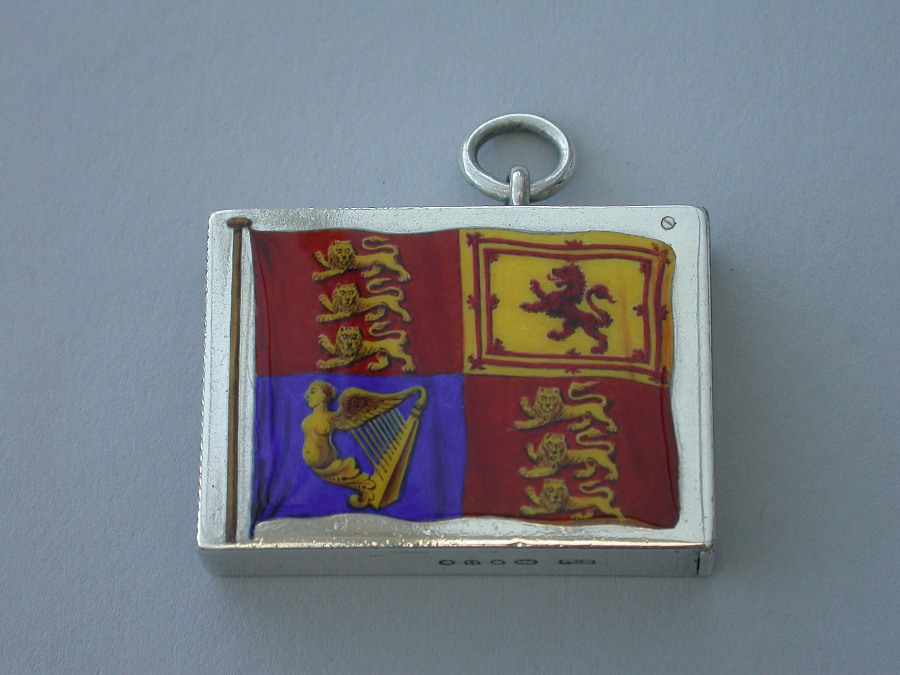
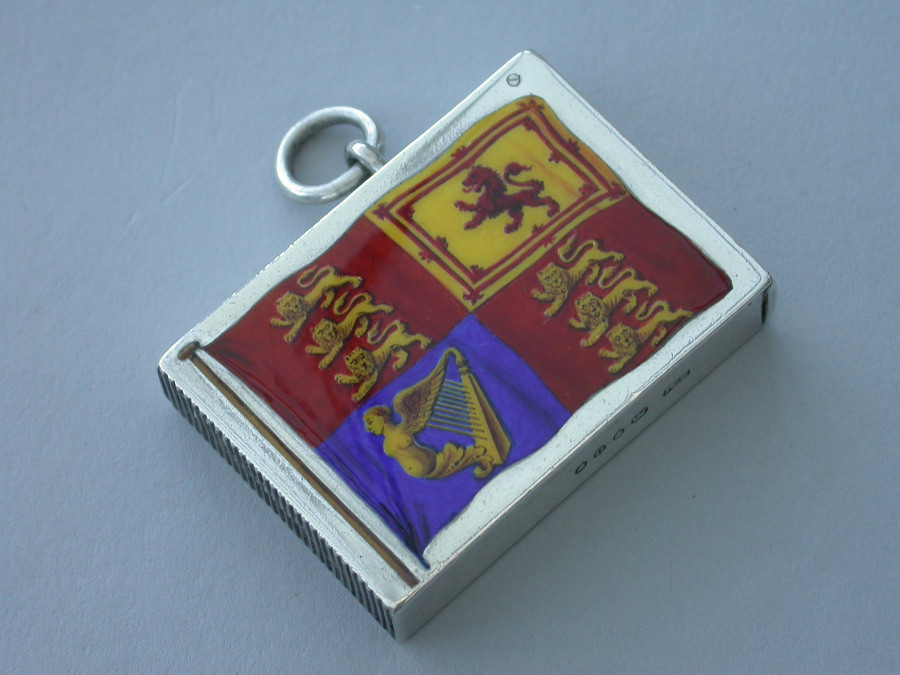
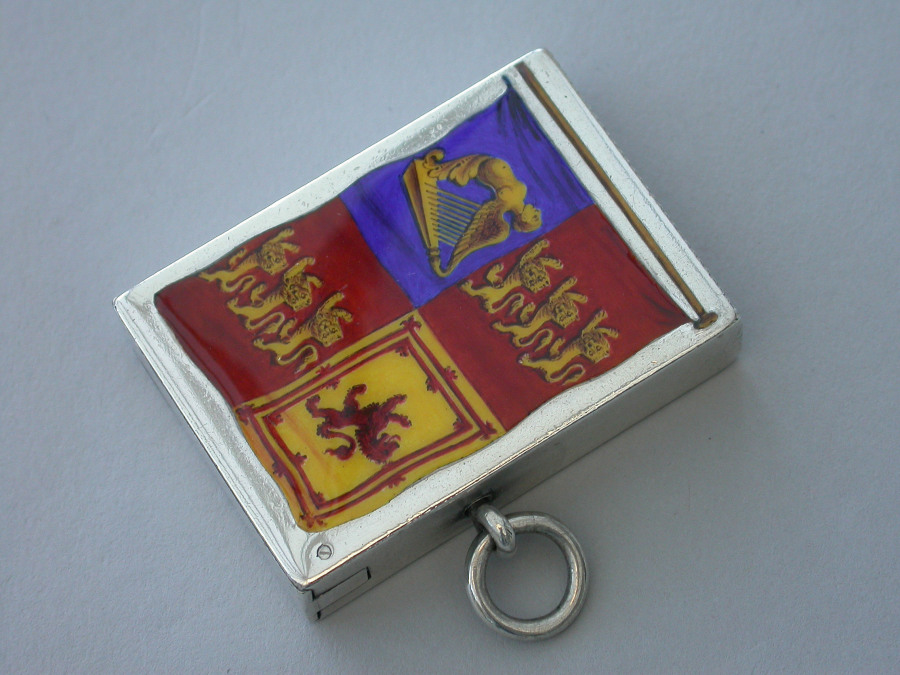
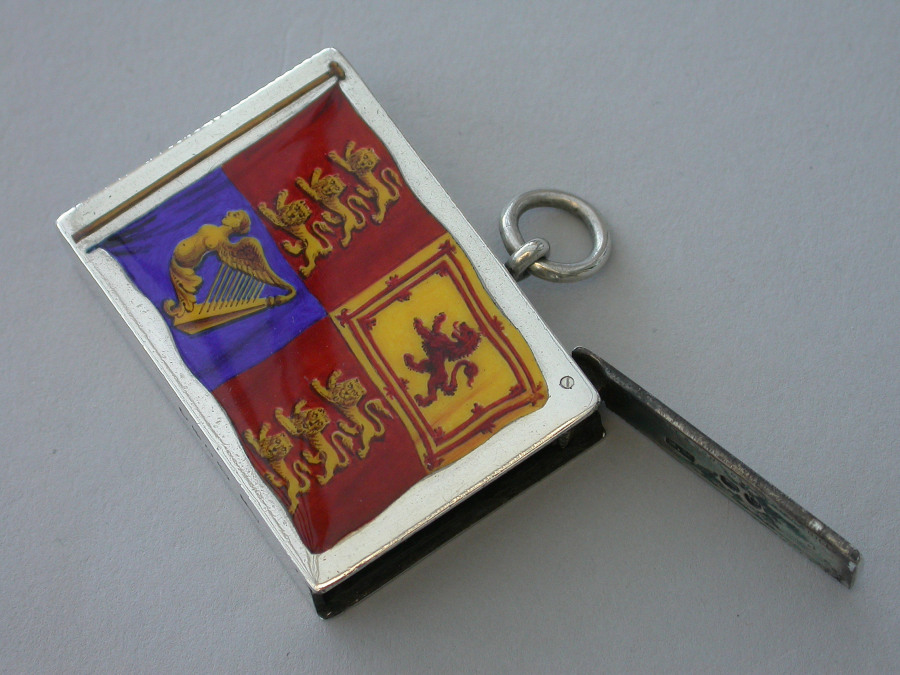
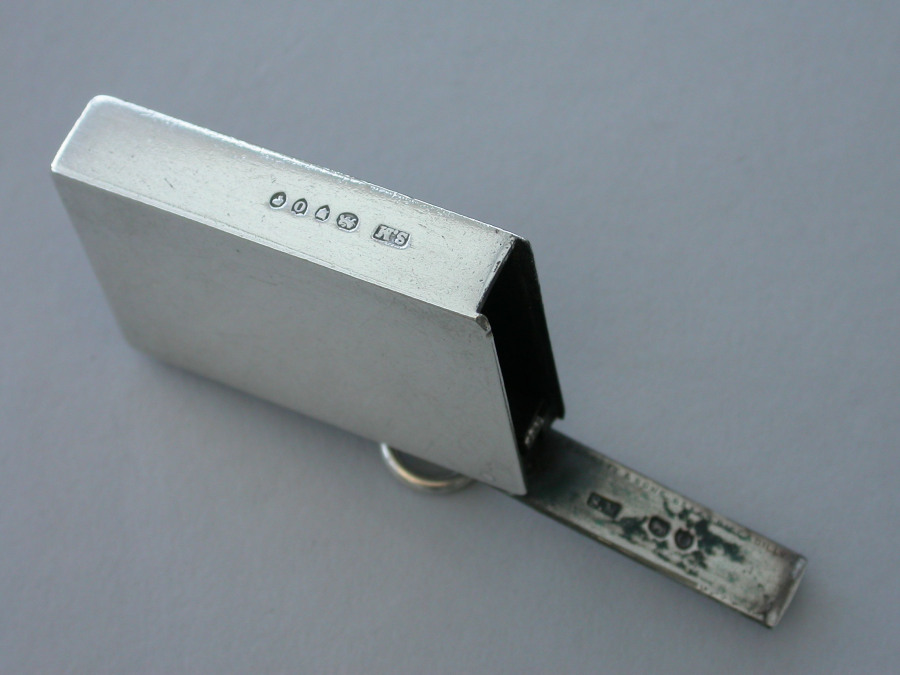
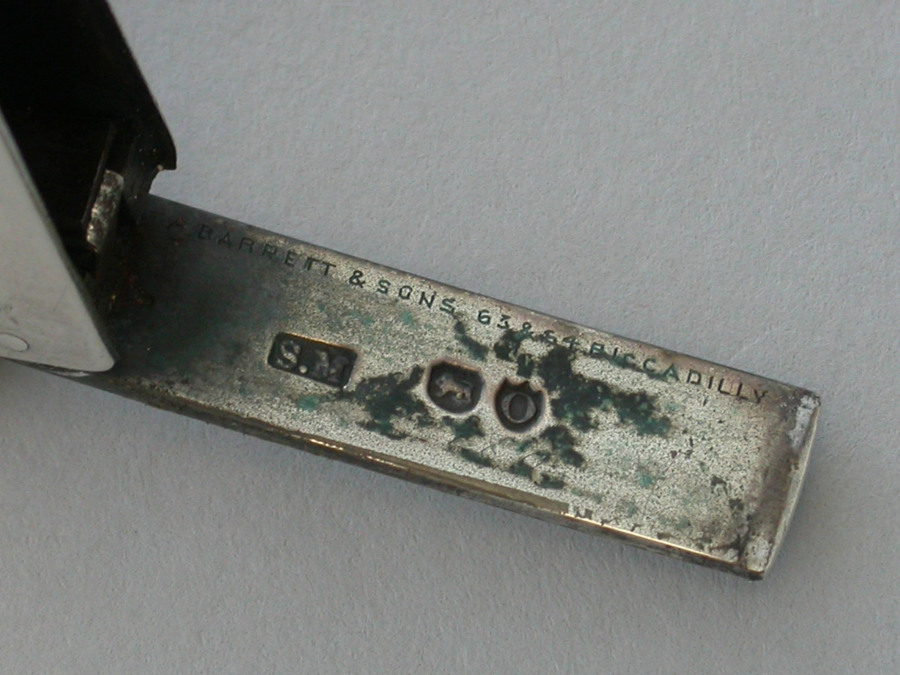


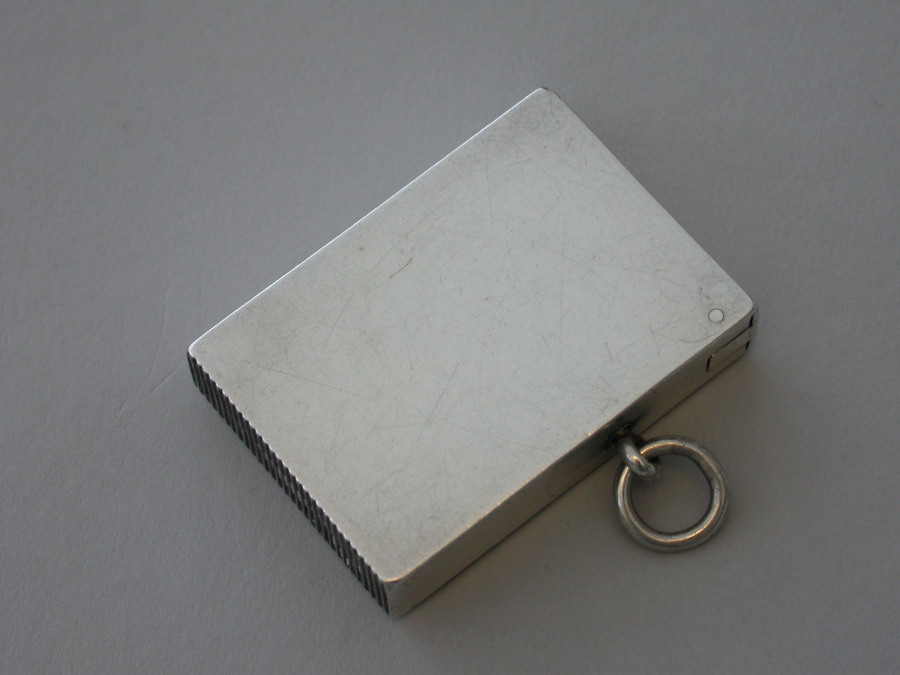
A fine quality and rare Victorian silver and enamel Vesta Case, of rectangular form with flat sprung hinged lid and attached suspension ring. The face enamelled with the Royal Standard flag.
By Sampson Mordan & Co, London, 1889.
Sold - £1,450.00
Condition
In fine condition with just extremely minor pocket wear.
Dimensions
H
32 mm
(1.26 inches)
W
44 mm
(1.73 inches)
D
10 mm
(0.39 inches)
Weight
35.00 Grams
(1.13 troy ounces)
Country
England
Stock Code
LR191017
Medium
Silver
Literature
The Royal Standard represents the Sovereign and the United Kingdom.
The Royal Standard is flown when The Queen is in residence in one of the Royal Palaces, on The Queen's car on official journeys and on aircraft (when on the ground).
It may also be flown on any building, official or private (but not ecclesiastical buildings), during a visit by The Queen, if the owner or proprietor so requests.
The Royal Standard also used to be flown on board the Royal Yacht, when it was in service and The Queen was on board.
Since the Union of the Crowns in 1603, the composition of the Royal Standard has taken various forms. In today's Standard there are four quarterings - England (three lions passant) in the first and fourth quarters, Scotland (a lion rampant) in the second quarter and Ireland (a harp) in the third quarter.
Wales is not represented in the Royal Standard, as its special position as a Principality was recognised by the creation of the Prince of Wales long before the incorporation of the quarterings for Scotland and Ireland in the Royal Arms.
In Scotland a different version of the Royal Standard is used, with Scottish arms in the first and fourth quarters and English arms in the second.
The Royal Standard is flown only when the Sovereign is present. If the Union Jack is flying above Buckingham Palace instead of the Standard, The Queen is not in residence.
When The Queen goes to Parliament, the Royal Standard flies from Victoria Tower.
Unlike the Union flag, the Royal Standard is never flown at half mast, even after the death of a monarch, as there is always a Sovereign on the throne.
